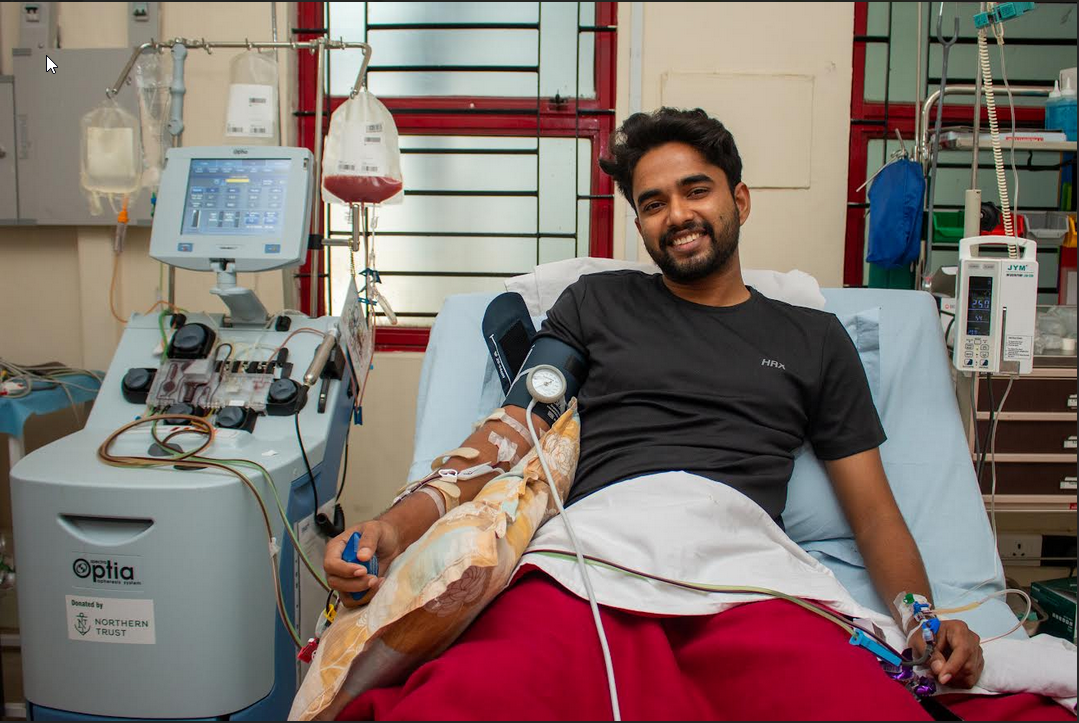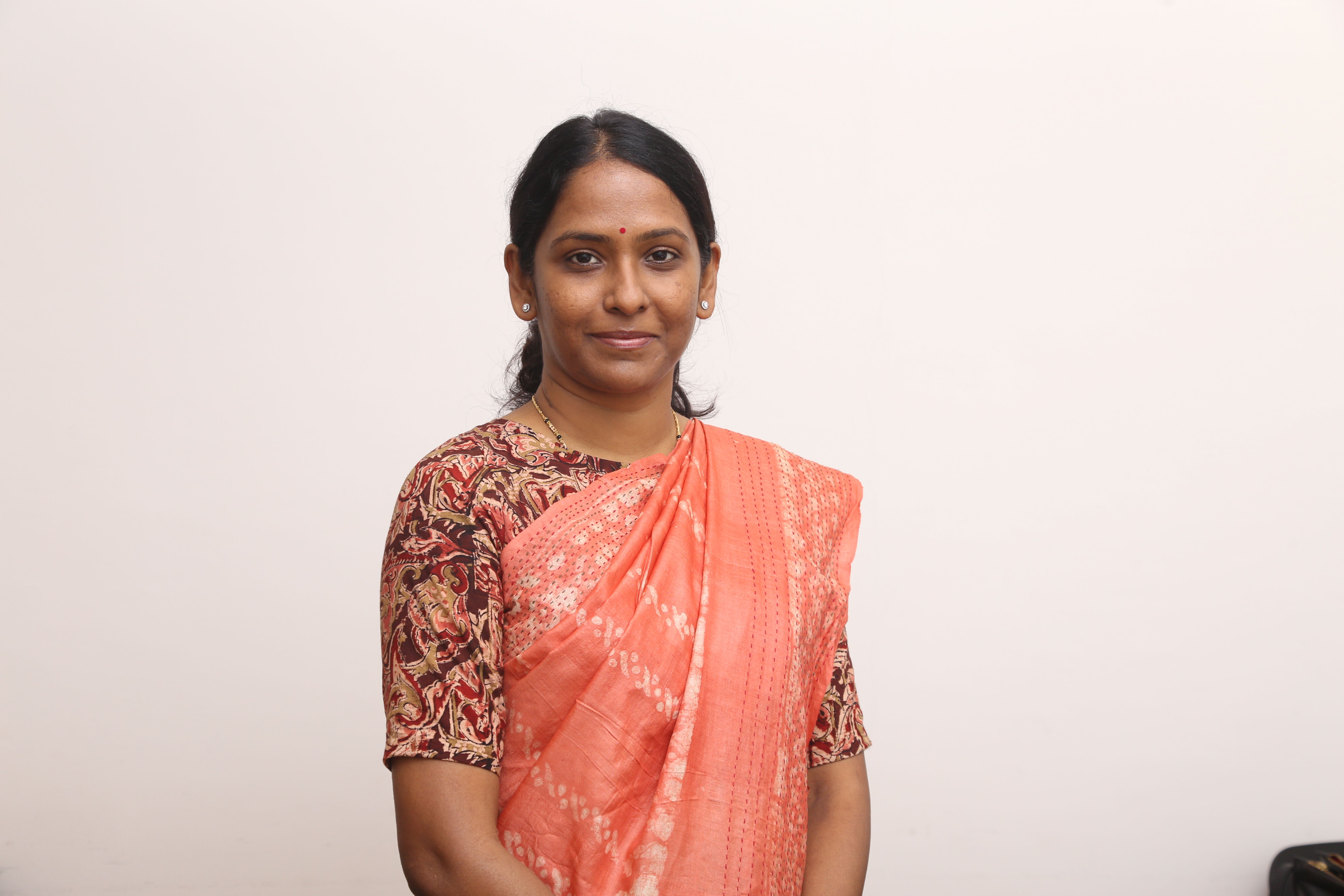Edible oil is an essential part of every Indian kitchen, but how much is too much? Prime Minister Narendra Modi has sounded an alarm, urging Indians to reduce their edible oil consumption by 10%. His warning comes at a time when obesity is rising at an alarming rate, affecting both children and adults. While Indians have always had a strong culinary connection to oil-rich foods, the increasing dependency on it has raised serious health concerns.
With India consuming a staggering 260 lakh tonnes of edible oil annually, it’s time to rethink our habits. But why is cutting back so difficult? And can India really change its deep-rooted food culture? Let’s break it down.
Indians consume 17 kg of edible oil per person per year, but this number isn’t uniform across regions. Some states, particularly Gujarat, Rajasthan, Punjab, and Maharashtra, report consumption as high as 28 kg per person annually, a number that far exceeds the national average. North Indians use 18-20 kg per person, while South India stays closer to the average at 16-17 kg per year. The lowest consumption is seen in the eastern states, where people use around 13-14 kg per person annually.
These numbers may seem excessive, but they pale in comparison to global trends. In Europe, the average person consumes 35 kg of oil annually, while in the United States, it surpasses 40 kg per person. On the lower end of the spectrum, South Africa records an annual consumption of 10-12 kg per person, a level India might want to emulate.
Given this high intake, it’s no surprise that India faces rising obesity levels. One in eight people worldwide is now living with obesity, and the rate among children has quadrupled in recent years.
Why Do Indians Consume So Much Oil?
Edible oil isn’t just a cooking ingredient in India, it’s an integral part of daily life. Several factors contribute to its high consumption:
1. Deep-Fried Delights: From samosas to pakoras, kachoris to bhaturas, Indian snacks are often drenched in oil. These crispy treats are hard to resist, but they come at a cost, excessive oil consumption leads to weight gain and increased risk of lifestyle diseases.
2. Cultural and Regional Preferences: Some states have dietary habits that naturally encourage high oil consumption. For instance, Gujarat’s love for deep-fried snacks like fafda and jalebi, Punjab’s preference for ghee-laden dishes, and Maharashtra’s vada pav culture contribute significantly to oil intake.
3. Affordability and Accessibility: Unlike expensive proteins or fresh produce, cooking oil is relatively cheap and widely available. This makes it a staple in both urban and rural households, where food choices are often dictated by budget constraints.
4. Lack of Awareness: Many people do not realize how much oil they are consuming daily. Indian households rarely measure their oil usage, leading to unintentional overconsumption.
The health risks associated with high oil consumption are well-documented. Excessive intake can lead to:
1. Obesity – India is already seeing a sharp rise in obesity rates, especially among children.
2. Heart Disease – High oil consumption contributes to clogged arteries and increased risk of heart attacks.
3. Diabetes – Obesity and poor diet choices are major risk factors for diabetes, which is already a growing epidemic in India.
4. Liver Damage – High-fat diets put extra strain on the liver, leading to conditions like fatty liver disease.PM Modi’s call for a 10% reduction in oil consumption isn’t just about lowering numbers, it’s about building a healthier future for the country.
Cutting back on oil doesn’t mean giving up delicious food. Here are some practical ways to reduce oil usage without compromising on flavour:
1. Switch to Healthier Cooking Methods: Instead of deep-frying, try grilling, roasting, steaming, or baking. These methods preserve flavour while using significantly less oil.
2. Use Measuring Spoons: Most people pour oil directly from the bottle, leading to excessive use. Measuring spoons help control portions.
3. Choose Non-Stick Cookware: Non-stick pans require less oil to cook food, helping to naturally cut down consumption.
4. Try Oil Substitutes: In some dishes, oil can be replaced with yogurt, pureed vegetables, or broth to maintain moisture and flavour.
5. Be Mindful When Eating Out: Restaurant food is often loaded with oil. Opt for grilled or baked options whenever possible.
6. Spread Awareness: PM Modi has encouraged citizens to nominate 10 people to join the movement of reducing oil consumption. This chain reaction can help build nationwide awareness and healthier eating habits.
While awareness campaigns can help, changing food habits takes time. However, history has shown that Indians are capable of embracing healthier choices when they see the long-term benefits.
For instance, the government’s push against trans fats has led to a significant reduction in their usage in packaged foods. Similarly, initiatives to reduce salt and sugar intake are slowly gaining momentum. The next frontier is oil which is one of the biggest contributors to lifestyle diseases in India.
By reducing oil consumption by just 10%, India can take a major step toward better public health. The challenge now is to ensure that people not only hear this message but also act on it.
The battle against excessive oil consumption won’t be won overnight. But every small step counts. Whether it’s opting for healthier cooking methods, measuring oil intake, or simply being more mindful of what we eat, the path to better health starts in our own kitchens.
PM Modi’s message is clear: A healthier India begins with the choices we make today. It’s time to rethink our relationship with edible oil and take control of our health one meal at a time.

 A healthier India begins with the choices we make today. It’s time to rethink our relationship with edible oil and take control of our health one meal at a time.
A healthier India begins with the choices we make today. It’s time to rethink our relationship with edible oil and take control of our health one meal at a time.










.jpeg)



.jpg)




.jpg)





.jpeg)

.jpg)


